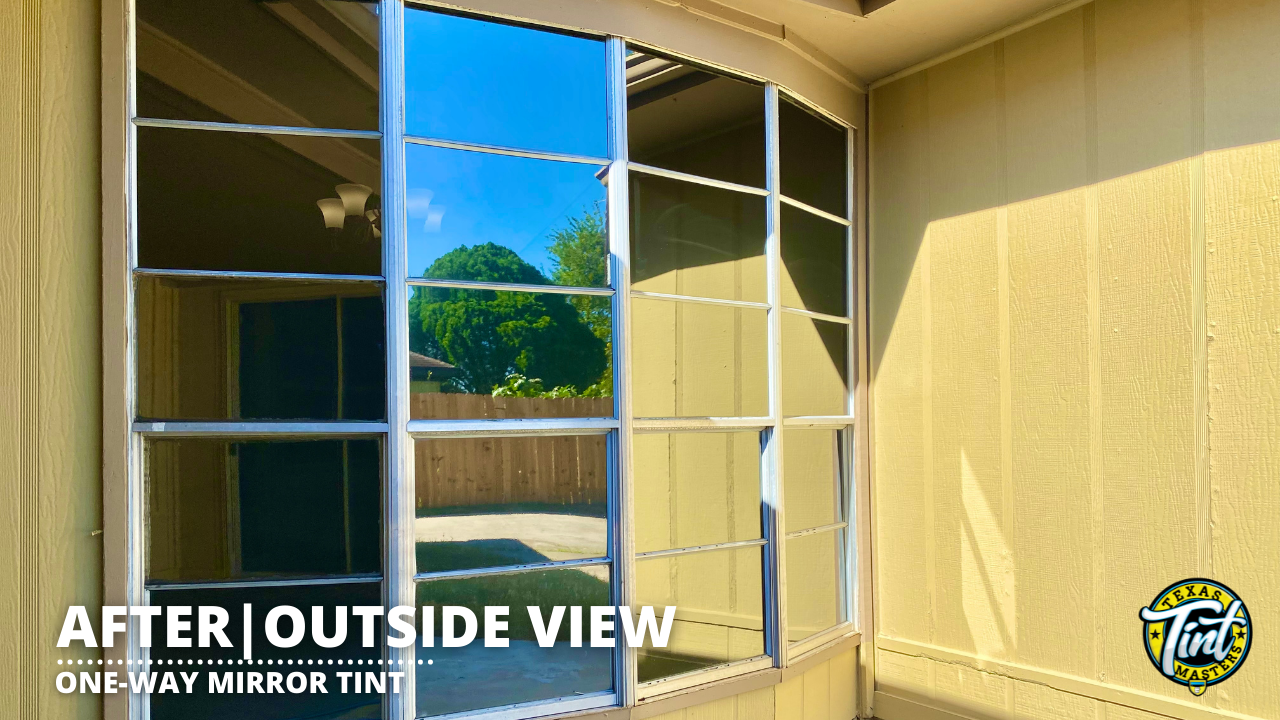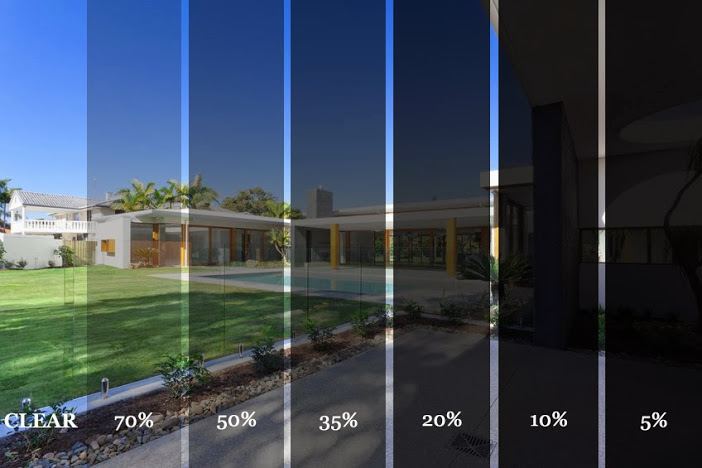Budget Friendly Residential Window Tint Options for Every Spending plan
Exactly How Residential Window Tinting Boosts Your Home's Energy Performance
Residential window tinting offers an engaging service for homeowners seeking to boost energy efficiency within their living areas. By using specialized movies to home windows, it effectively reduces warm transfer, therefore supporting interior temperature levels and reducing the need for excessive home heating or air conditioning.
Understanding Home Window Tinting
Understanding window tinting is important for homeowners seeking to improve both convenience and energy performance in their space. Residential Window Tint. Home window tinting involves the application of a slim film to the inside or exterior surface area of glass home windows. This movie can substantially regulate the amount of sunshine and heat that gets in a home, hence influencing interior environment problems
There are different kinds of window tinting films available, each with unique properties. The efficiency of window tinting is frequently measured by its Visible Light Transmission (VLT) portion, which indicates just how much light can pass via the film.
Advantages of Energy Efficiency
Window tinting not only improves looks but also plays a substantial role in enhancing power performance within property areas. By decreasing heat transfer through home windows, tinted films produce an extra steady interior environment, which can result in significant reductions in power usage for heating and air conditioning. This power effectiveness equates right into lower energy expenses, supplying property owners with considerable lasting cost savings.

In addition, home window tinting enhances the comfort of living spaces. By decreasing glow and blocking dangerous UV rays, tinted windows produce an even more positive atmosphere, which can result in improved wellness for passengers. The defense against UV rays additionally aids preserve furniture and floor covering from fading, adding to the durability of family items.
How Tinting Functions
Tinting movies run through a mix of innovative materials and innovations developed to control the quantity of solar energy entering a home. Primarily made up of polyester, these films usually include metal or ceramic fragments that mirror and soak up heat. This twin capacity allows them to dramatically lower the penetration of ultraviolet (UV) rays and infrared radiation while permitting visible light to travel through.
The performance of window tinting is measured by its solar warmth gain coefficient (SHGC), which suggests just how much solar power is transferred through the window. Lower SHGC worths are more effective as they denote better heat rejection. Furthermore, window tints can feature a variety of tones, allowing property owners to tailor their visual choices while enhancing power effectiveness.
Furthermore, these films serve as an obstacle, preventing warmth loss throughout colder months by reflecting interior heat back into the space. This thermal insulation result matches the cooling advantages gained during warmer months, adding to a well balanced interior environment year-round. By managing solar power effectively, domestic window tinting not just boosts comfort however likewise plays an essential function in decreasing energy usage and decreasing energy Resources costs.
Choosing the Right Tint

There are numerous kinds of home window movies readily available, including colored, metalized, and ceramic. Ceramic movies provide excellent warm control without endangering exposure and are extremely durable, making them a popular option.
Visible light transmission (VLT) is one more critical factor, as it indicates the quantity of all-natural light that can pass with the colored glass. Home owners need to pick a color with a VLT that complements their lights preferences while still giving adequate glare reduction.
Additionally, examining the solar warm gain coefficient (SHGC) can help figure out just how well a color can obstruct heat from sunshine. A lower SHGC suggests far better warm control, eventually enhancing energy efficiency.
Installation and Upkeep Tips
Proper installation and upkeep are crucial components in optimizing the benefits of domestic window tinting. Specialists likewise make use of specialized techniques and tools, which can boost the longevity and performance of the color.
Complying with installation, upkeep is crucial to extend the life of the home click now window movie. It is advised to wait at least 30 days prior to cleansing the tinted home windows to enable the glue to treat fully.
Furthermore, regular inspections are helpful. Look for any type of peeling or bubbling, which could suggest improper setup or put on in time - Residential Window Tint. Resolving these problems without delay can prevent additional damage and keep power performance. By adhering to these installment and maintenance suggestions, house owners can guarantee their home window tinting proceeds to provide considerable power financial savings and convenience for years ahead.
Verdict
In verdict, residential window tinting serves as a reliable option for boosting energy efficiency within homes. By reducing heat transfer and blocking dangerous UV rays, window movies add to reduce energy consumption and boosted interior convenience.
Window tinting entails the application of a slim film to the inside or outside surface area of glass windows. By minimizing warm transfer through home windows, colored films develop a more steady interior environment, which can lead to significant reductions in energy intake for heating and cooling.The performance of window tinting is determined by its solar warmth gain coefficient (SHGC), which indicates how much solar power is transferred with the home window. By handling solar power successfully, household window tinting not see page just boosts convenience however likewise plays a vital role in minimizing energy usage and lowering utility bills.
By minimizing warmth transfer and blocking unsafe UV rays, window films contribute to decrease power consumption and boosted interior comfort.